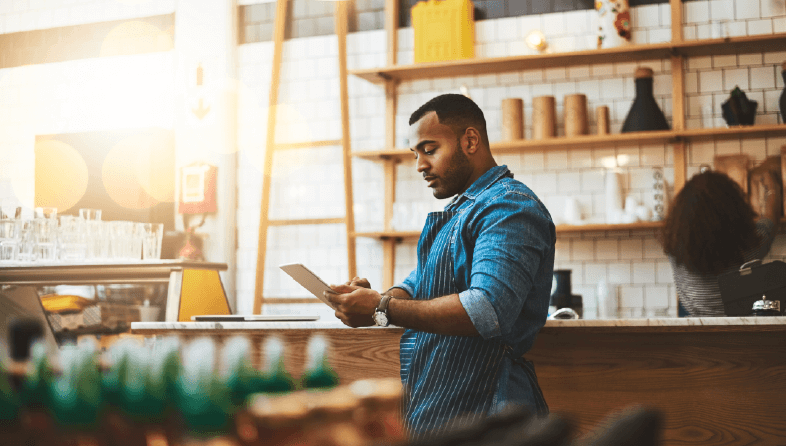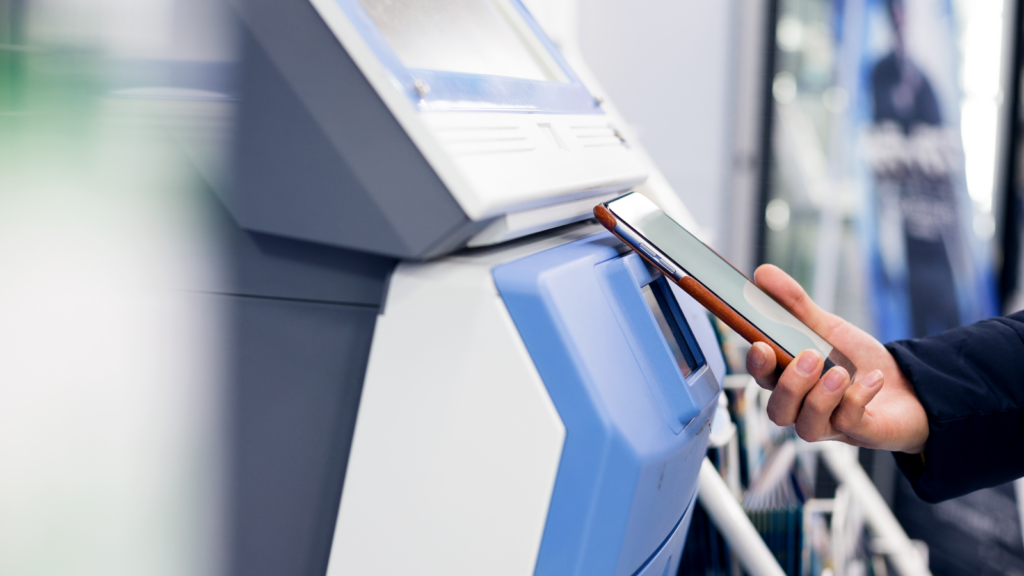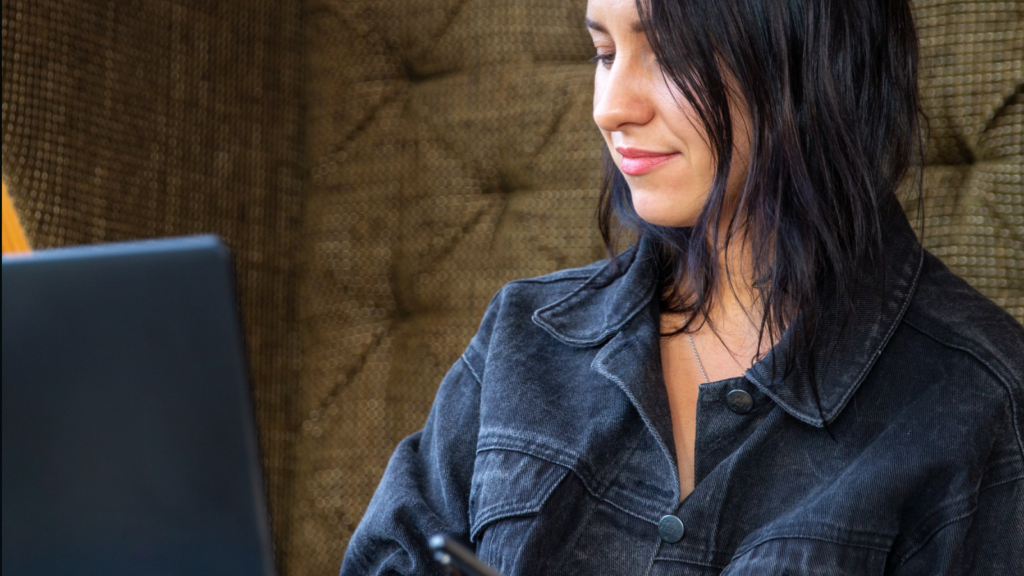There’s little doubt the restaurant industry has been hit as hard as any during the global pandemic, but new research shows there’s reason for hope: Consumers really want to dine out again.
Although many restaurants have adapted and expanded outdoor dining, delivery and curbside pickup options, winning back in-restaurant customers is crucial for long-term success, especially as temperatures begin to cool across much of the country. With continued consumer anxieties around health and safety as a result of COVD-19, there’s an incredible opportunity now for the restaurant brands that can best engage and understand their customers in real-time to meet their changing expectations.
This summer, Medallia and our partners at Kantar Media teamed up to better understand current consumer sentiment tied to on-premise dining and how restaurants can quickly adapt and innovate to win those customers back.
Consumers Want to Dine Out
What we found wasn’t surprising. People are eager to dine out again. In fact, in the peak of the pandemic, 57% of respondents in Kantar’s COVID-19 Barometer were still eager to go back to restaurants. That percentage was higher than those who wanted to shop or generally socialize.
“My ideal dining experience right now would just be me, my husband and two kids inside an actual restaurant at a table together,” said one of the respondents featured in a video in our joint special report, The New Next: Restaurants. “We’ve missed that quite a bit.”
Restaurants have long served a vital human and societal need. They are not just places to get a great meal, but to share great experiences. Whether it is a night out with a loved one or celebrating with friends and family, cherished memories are often made over a meal outside of the home. Fast food, delivery and new curbside models cannot alone fulfill that underlying human desire.
The Need for Speed
Customers expect more from brands today and they expect it faster. This trend started with the rise of delivery partners and the proliferation of mobile apps and social media and now extends to how consumers want to provide real-time feedback and continually engage with their favorite restaurants.
Even before the pandemic, I heard from brands reliant on longer receipt-based surveys that were seeing diminished response rates and less relevant data compared to ones using the new “Uber-like” norm of feedback. Short, fast and in-the-moment feedback can provide richer and more timely insights, driving quicker and more impactful actions.
COVID-19 has magnified the situation and raised the stakes. For example, this past April when on-premise dining was “nearly extinct” throughout most of the U.S., I was speaking with a member of a 500-unit brand reliant on legacy approaches to feedback.
This prospective partner admitted the receipt-based survey and monthly reporting they relied upon for years had become irrelevant overnight. How were they to keep their finger on the pulse of their guests if they couldn’t reach them anymore? How could they pivot to a new off-premise model or prepare for when they were allowed to reopen if they couldn’t get timely input from their customers?
That company isn’t alone. My colleagues have had many conversations with executives at brands large and small all saying the same thing. Legacy approaches to feedback that only rely on the traditional in-restaurant channel don’t provide enough insights to accelerate growth.
“This is rapid-fire innovation, this is not like business as usual,” said Niren Chaudhary, the CEO of Panera, in an interview with USA Today after the fast-casual brand launched Panera Grocery and started selling pantry items at the start of the pandemic. “We have to move quickly to where the customer is, what the customers’ needs are.”
Deeper Insights Drive Action
Innovation comes from listening to your customers and engaging on a deeper level. This should come from more than the fraction taking receipt-based surveys and include the broader proportion of guests who want to share real-time feedback through more modern means. Today, that includes SMS messaging, social media and especially, video.
Food after all is a visceral experience. Young and old alike are now posting pictures of their fabulous meals and great dining experiences online. While they have their phones out, why not engage them via text and their camera? Send them short, quick feedback pulses via SMS or ask for open-ended video feedback that allow you to get a better idea of what makes or breaks a fantastic guest experience.
From an operator standpoint, you also can get more objective feedback. Historically, if a guest indicated they were not satisfied with their portion size, for example, you’d have to try and infer exactly what they meant. Now they can include videos and photos of the amount of protein or portion size allowing you to better understand if the issue is tied to the serving size, recipe or the preparation of the dish.
This feedback can also provide more understanding to complex issues around hygiene and sanitation. If guests like or don’t like certain aspects of dining out during COVID-19, they can share feedback visually and you can better see and even analyze their emotions.
Video feedback is richer in content and context and can be a powerful way to innovate quickly. I’ve been involved in several proofs of concept with foodservice clients and it’s amazing when those brands first see the output of hundreds of pieces of video feedback and the immediate analysis. Their eyes light up at how impactful this can be. These proofs of concept have lasted only days and weeks in some cases because video can provide six times more information than open-ended text responses.
Finding new ways to deliver on what your customers want can also come by directly collaborating with them. Crowdsourcing technology can help brands quickly capture and collaborate on ideas from customers and employees in real time, helping find solutions that bring diners back sooner.
Time is of the Essence
In this era, time isn’t just money. It can be survival against the competition. Technology, insights and action are the key elements to driving the rapid-fire innovation needed to win back customers.
The brands that can quickly engage and understand customers and adapt to meet their changing expectations will be the ones that find success the soonest and be positioned for long-term success.
Download our strategic blueprint for restaurant operators — ‘The New Next: Restaurants’ — and learn how you can meet and exceed your customers’ changing expectations.







